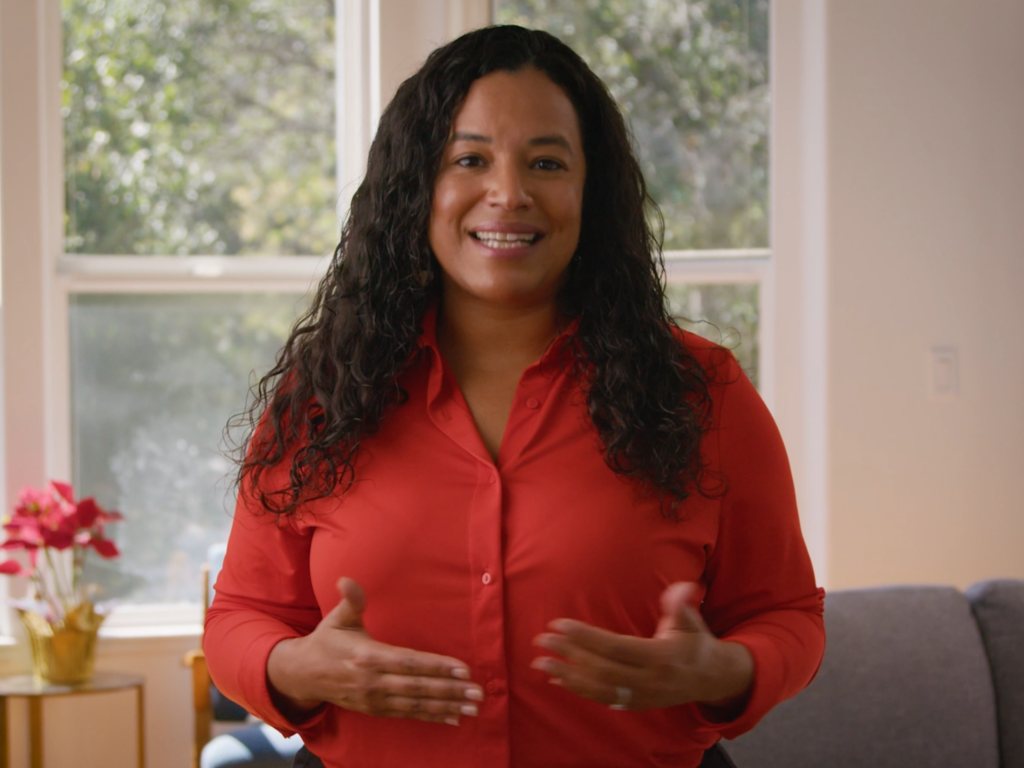Earlier tonight, President Obama delivered his second State of the Union address (technically, his first speech after being elected is considered a “Joint Address to Congress”). Luckily for those of us tasked with summarizing the SOTU’s relevance to education policy, a copy of the speech leaked early to National Journal, prompting the President to joke with Secretary Clinton, “I don’t need to give the speech, everyone’s already read it.”
As expected, education featured prominently both in total air time and prominent placement. “We need to out-innovate, out-educate, and out-build the rest of the world,” President Obama said, a theme that more than warms the hearts of those that support innovative education entrepreneurs (like us!). Later, the President affirmed his commitment to making America first in the world in college graduation-rates again – right now, we’re ninth – and stated that we must “teach our kids that it’s not just the winner of the Super Bowl who deserves to be celebrated, but the winner of the science fair.” But the key passage on K-12 education came at this moment:
Race to the Top is the most meaningful reform of our public schools in a generation. For less than one percent of what we spend on education each year, it has led over 40 states to raise their standards for teaching and learning. These standards were developed, not by Washington, but by Republican and Democratic governors throughout the country. And Race to the Top should be the approach we follow this year as we replace No Child Left Behind with a law that is more flexible and focused on what’s best for our kids.
There are three things to bear in mind when parsing this statement, as I will now proceed to do in Talmudic fashion.
First, do not assume this means that the actual Race to the Top program – the $4.35 billion stimulus competitive-grant competition administered by the Department of Education – is going to receive a big push from the Administration. Instead, pay careful attention to the fact that President Obama endorsed the “approach” of RTT as a replacement for No Child Left Behind. I will hazard a guess here that the President is signaling his support for using federal dollars to incentivize states to raise the bar for student achievement, but leaving it to the states to decide how to get there. Madison, Hamilton & Jay, eat your heart out.
Second, note the subtle but incredibly strong support the President gives here in support of ESEA reauthorization. In contrast to, say, immigration reform, the President does not suggest we’ll debate a new law, but instead assumes that NCLB will be replaced. Make no mistake, this Administration is going to push and push hard for a major overhaul of federal education law.
Finally, it’s worth pausing to observe that the President’s understanding of the effect of RTT is not, strictly speaking, entirely accurate. I’ll explain by way of example. A few weeks ago, the Department of Education conducted a public briefing wherein the Department indicated its view that even non-winning states that applied for a RTT grant “now had a comprehensive guide to their entire K-12 education system, and a blueprint for reform,” or words to that effect. But in California, that’s certainly not true. If anything, the folks who worked tireless to craft California’s two applications are suffering RTT fatigue, and virtually no one is consulting California’s applications for guidance. I suspect the same is true for many other losing states. And the new Republican and Democratic Governors are just as likely to roll back some of the state-level RTT-reforms as they are to support their continuation. The point of this simply is to underscore that using RTT as the model for federal education policy will pose challenges.
All this said, if the President really is personally investing himself in ESEA reauthorization, the prospects for major changes to federal education law have improved dramatically from just a few months ago. As David Gergen noted immediately after the SOTU ended, “this is the first President in history to make the Secretary of Education the most important member of his cabinet in his speech.” The prospects for bipartisan cooperation were not enhanced by Speaker John Boehner’s D.C. school-voucher comments this week, but these are merely the opening gambits in the long game of political chess to be played. We do big things – and this year, education reform is a very big thing indeed.
(As big as smoked salmon.)


